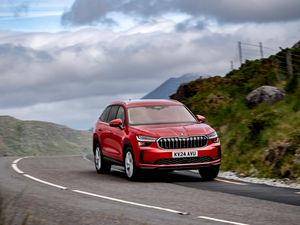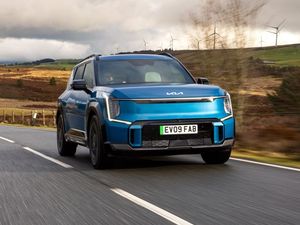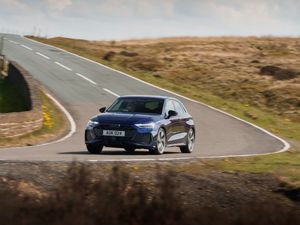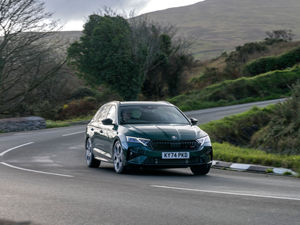UK Drive: Does the Jaguar XF deliver old-school saloon car style?
Jaguar’s XF might be one of the firm’s now lesser-seen models, but can it still deliver where it counts?

What is it?
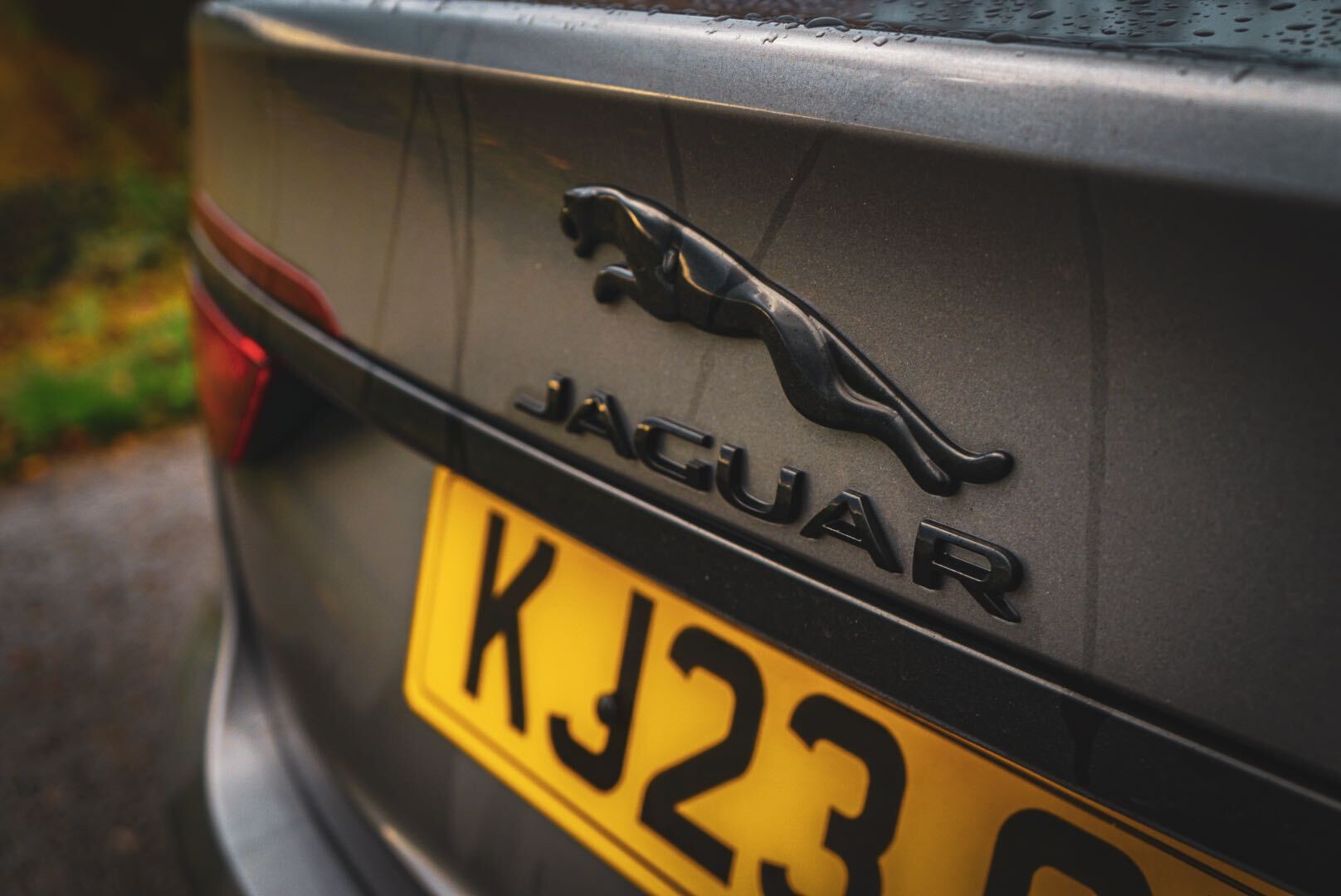
>
Jaguar’s XF was, at one point, one of the brand’s high-flying models. It was the car which kicked off a whole new styling revolution for Jaguar, implementing a fresh new face into the rather traditional saloon car segment. When the first generation XF went on sale in late 2007, it brought a more cutting-edge design than we’d seen from Jag and, needless to say, it went down a treat.
But buying habits – as with most things – change. These days, it’s Jaguar’s F-Pace SUV which dominates proceedings, tapping into a very lucrative market. The XF continues to soldier on, however, and we’ve been behind the wheel to see if it still has a place in the UK’s car landscape.
What’s new?
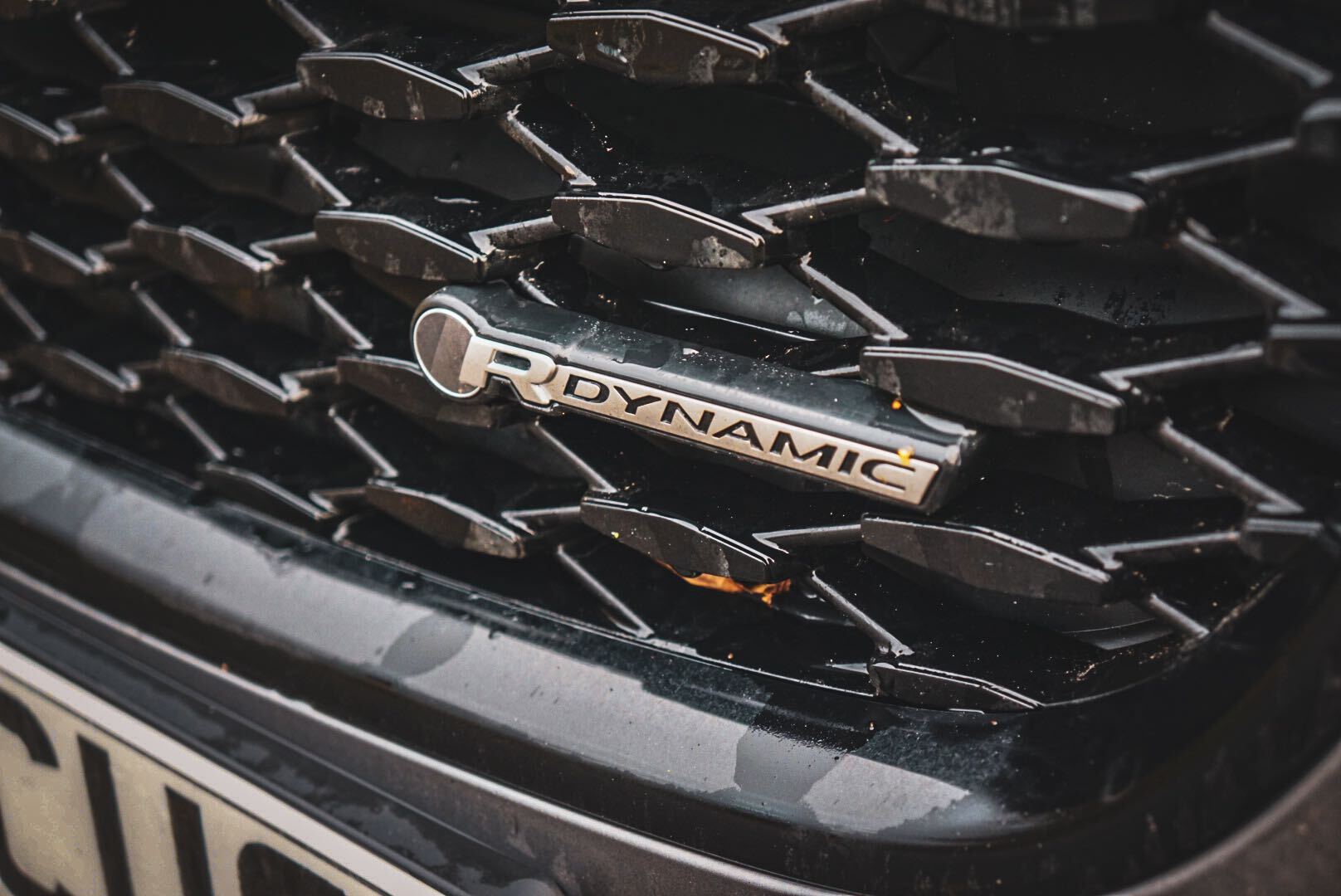
>
Jaguar updated the XF back in 2020, implementing an even sharper design than before while introducing a range of cleaner engines and some cleverer infotainment systems which replaced a rather slow and outdated setup on the older version. It also drastically undercuts its rivals on price, with the XF’s entry-level ticket cost of £35,660 making the £51,000 you’d pay for a base-spec BMW 5 Series appear quite steep.
Remember, too, that the XF remains available in more practical Sportbrake estate form. To our eyes, it looks even better than the saloon version – and we reckon it’s an already good-looking model.
What’s under the bonnet?
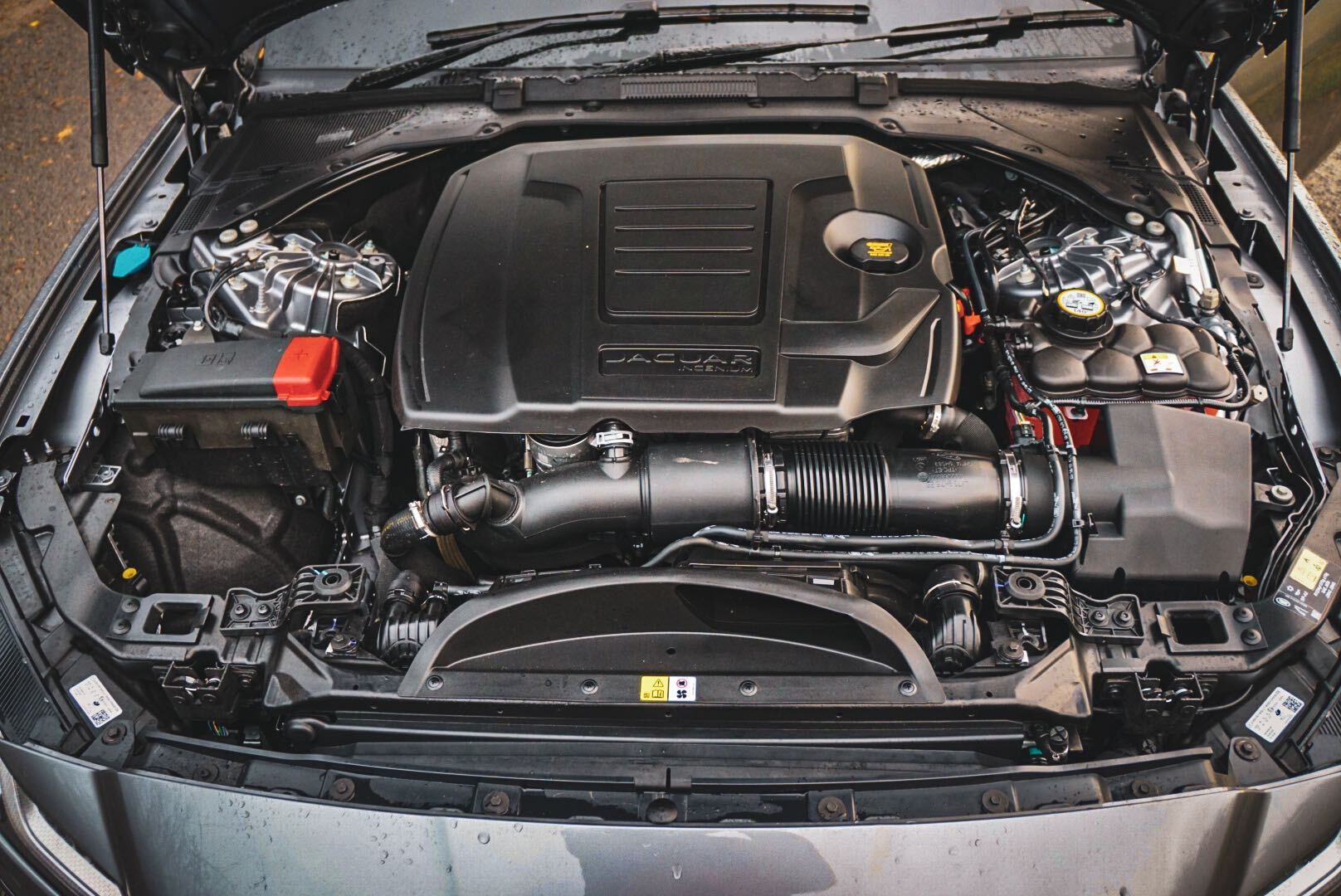
>
As touched upon, the XF is available with a range of efficient engines. The one we’re in uses a 2.0-litre turbocharged petrol engine with 247bhp and 365Nm of torque, driven to the rear wheels via an eight-speed automatic gearbox. Jaguar claims a 0-60mph time of 6.5 seconds and a top speed of 155mph, which are both right on the money for this segment.
There’s no hybridisation going on here – though this engine falls within JLR’s clear-running ‘Ingenium’ family of powertrains – and it means the claimed fuel consumption of 34.7 seems quite high for this class of vehicle. Emissions of 186g/km CO2 aren’t too bad, mind you. If you’re fancying better fuel efficiency then we’d lean towards one of the diesel models which can return over 50mpg.
What’s it like to drive?
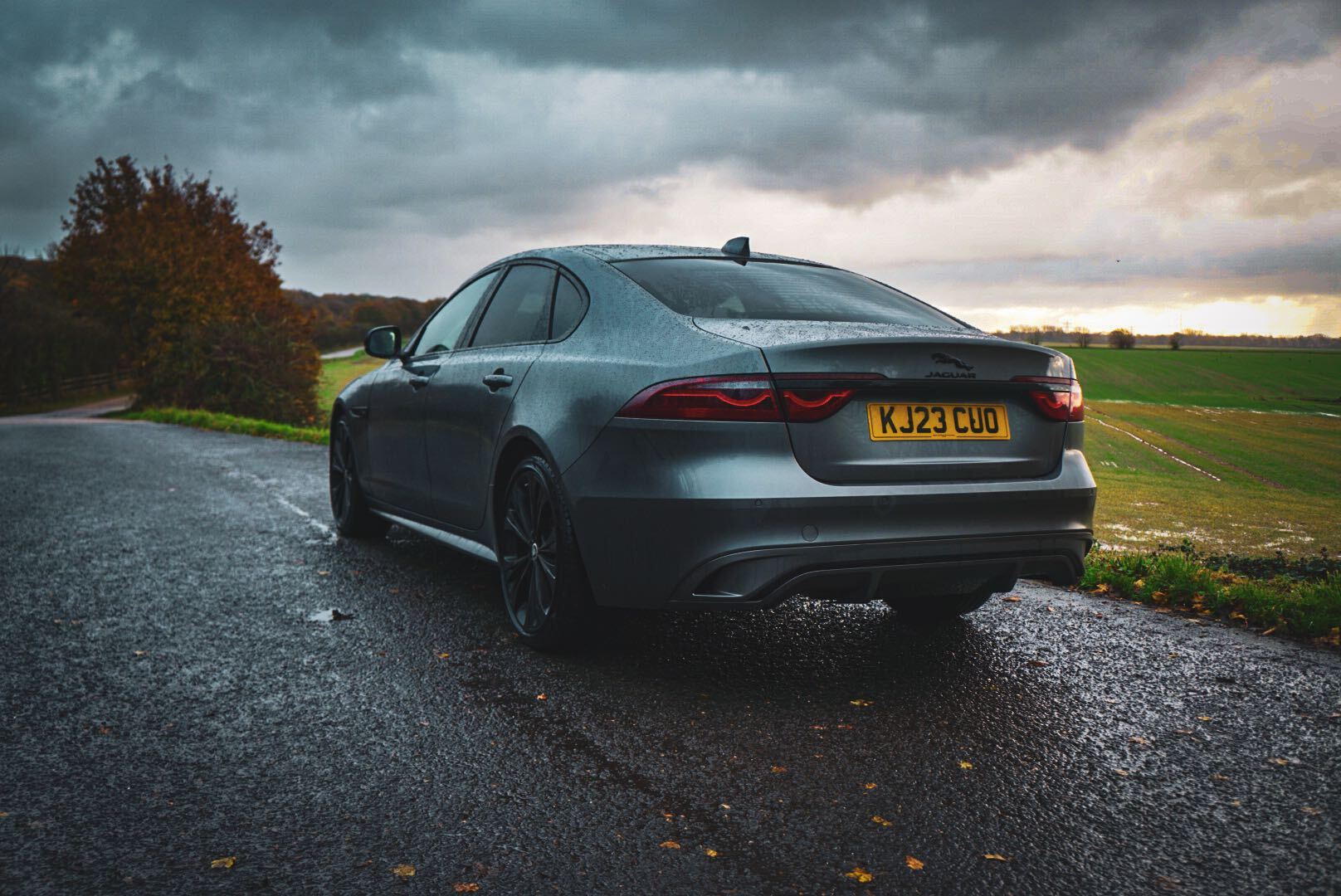
>
Jaguar has always known how to make a sweet-handling saloon car and the XF is no different. The steering is direct and pleasantly weighty, while the front end of the car has a nice sense of agility to it. One letdown is the steering wheel itself; though well-shaped, it’s trimmed in some hard-feeling material which isn’t all that pleasant to interact with.
This petrol engine may not be the most efficient, but it does feel punchy and pulls well through the smooth-shifting gearbox. There’s a little bit of lag when you’re pulling away from a dead stop, but that’s quite a common issue with a lot of the latest turbocharged engines. One negative is the ride – on 20-inch wheels this XF absolutely smashes through potholes and seems to generate bumps where there are none. We’d be picking a much smaller wheel if possible.
How does it look?
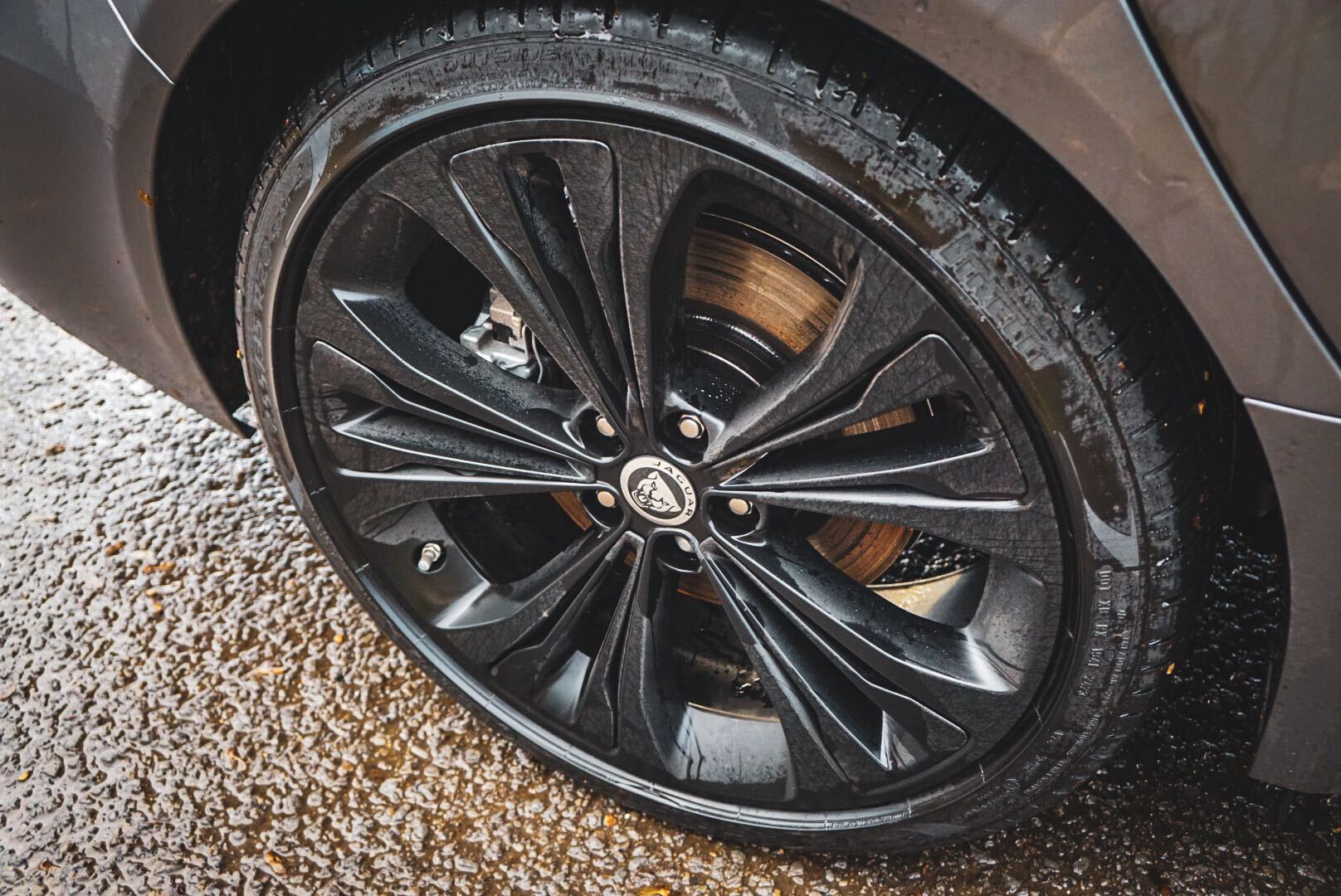
>
The XF might be a longstanding member of the Jaguar family, but it still looks just as good as ever. The sharp front-end design with its intricate headlights and its sweeping roofline combine to make a car which feels both classy and sporty, both refined and dynamic. The saloon car design may not be particularly in vogue at the moment, but the XF is a great example of how to do it properly.
Our car came in a rather subdued specification of grey over black wheels, but the XF’s list of available colour palettes contains some more upbeat shades such as the excellent ‘Firenze Red’ which helps to give this Jaguar a little extra pop.
What’s it like inside?
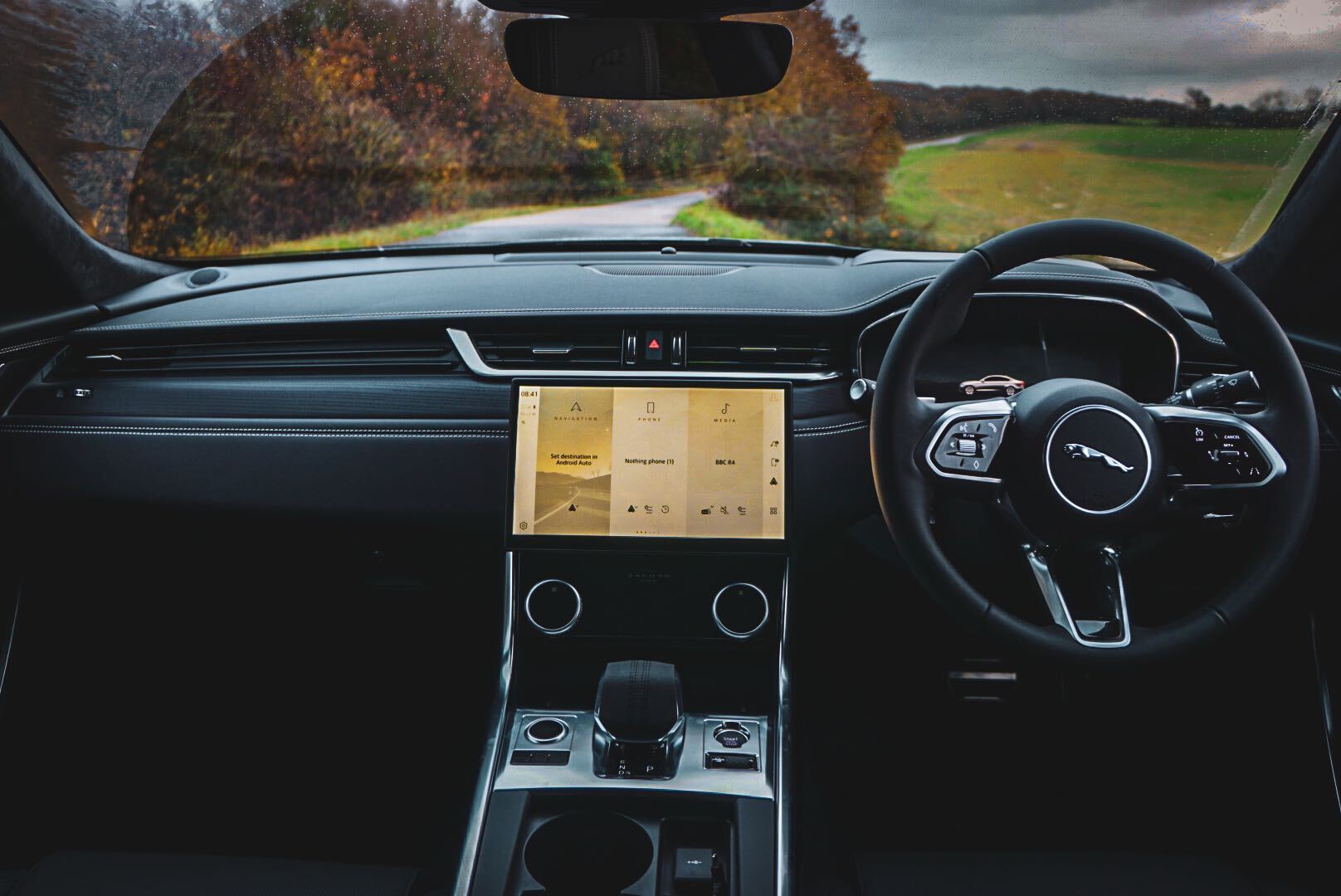
>
Spacious and comfortable, the XF follows the classic saloon car format of delivering a decent amount of legroom for rear-seat passengers while allowing those sitting up front a clear view of the road ahead. As we’ve touched on, the steering wheel isn’t the best but this isn’t a reflection of the car as a whole since the vast majority of touchpoints are trimmed in pleasant-feeling materials. The ergonomics are sound, too.
It’s quite a dark place to be, mind you, when you’ve got black leather and a black headliner. There are some nice interior lighting sections to help. And when it comes to boot space, the XF manages 459 litres behind the rear seats or 1,484 litres with them folded down. As mentioned, a roomier option will be the XF Sportbrake.
What’s the spec like?
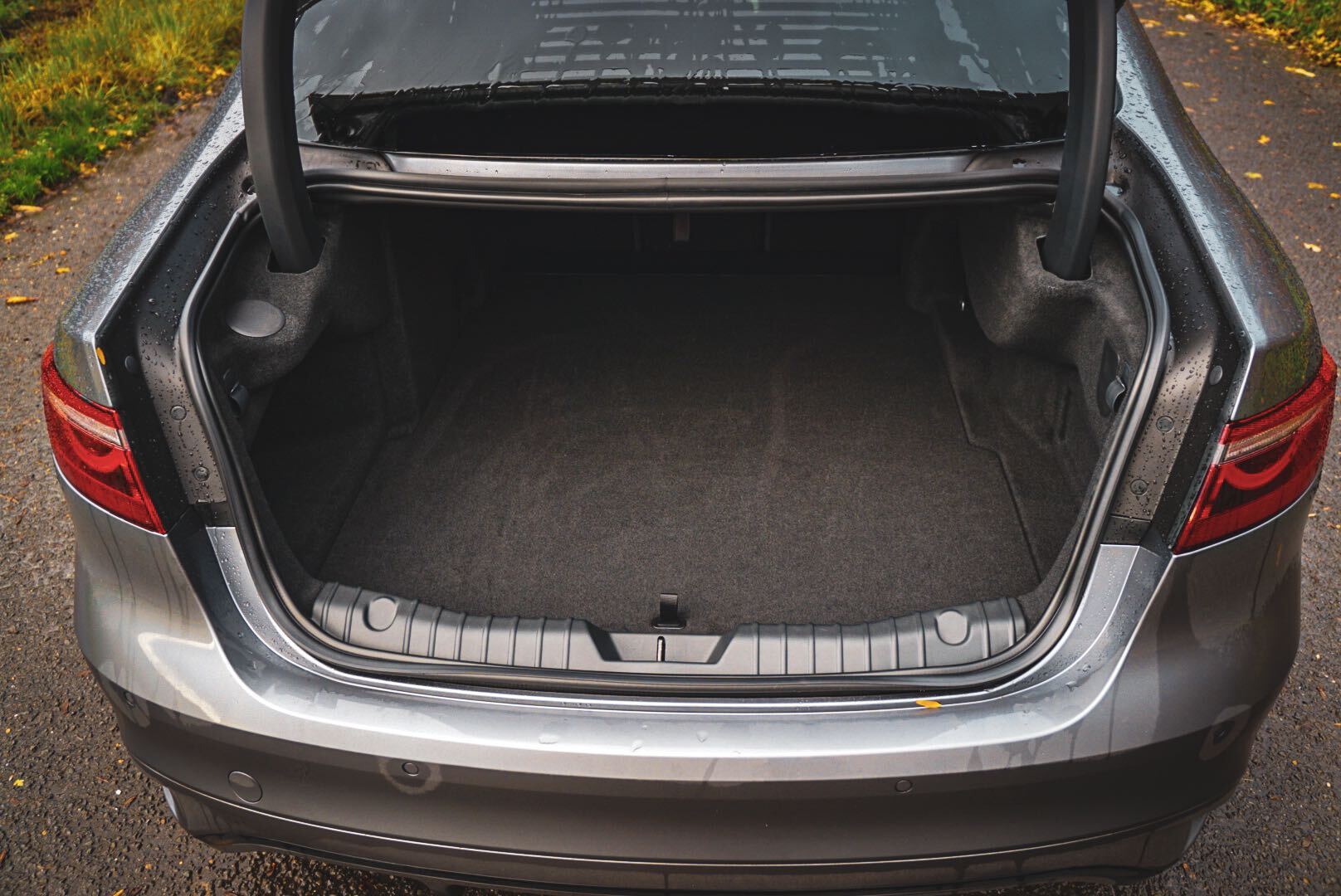
>
You’re getting standard features aplenty with the XF. Most importantly, all versions get JLR’s latest Pivi Pro infotainment system which is one of the most intuitive on the market. It’s sharp, good-looking and responsive while completely transforming the way you interact with the car’s systems compared with the older XF.
All versions of the XF get two-zone climate control, adaptive cruise control, a rear camera and all-round parking sensors, so there’s not too much need to go troubling the options list. Our car, with a smattering of extras such as a head-up display (£830) and soft-close doors (£505) came in at £47,090, which still seems very good value for money.
Verdict
The Jaguar XF has loads of plus points. It’s well-priced, has plenty of standard equipment and drives sweetly, capturing some of the magic that cemented Jaguar as one of the true greats at making saloon cars. While redesigned, the XF is just beginning to feel a little old as rivals around it reinvent themselves with sharper designs and even more technology.
But though this petrol-powered version won’t be a go-to for those after top-level efficiency and while we’d like to see the inclusion of a plug-in hybrid setup into the XF family, you can’t fault the way that this Jaguar delivers in all the key areas that you’d expect a thoroughbred saloon car to.

